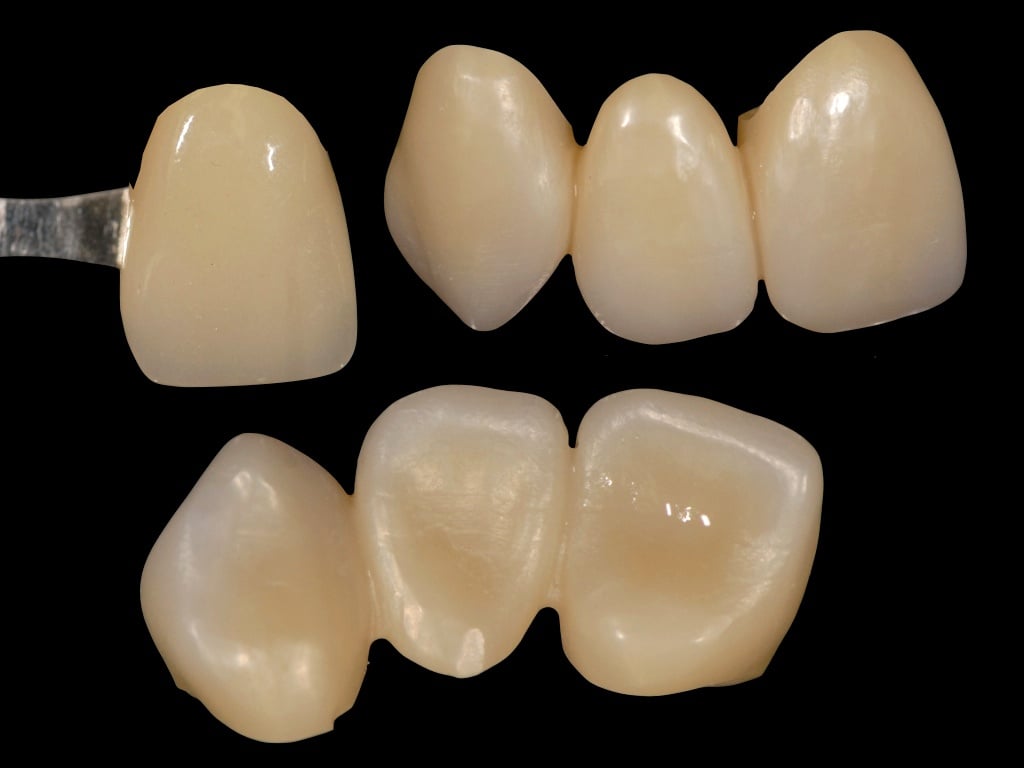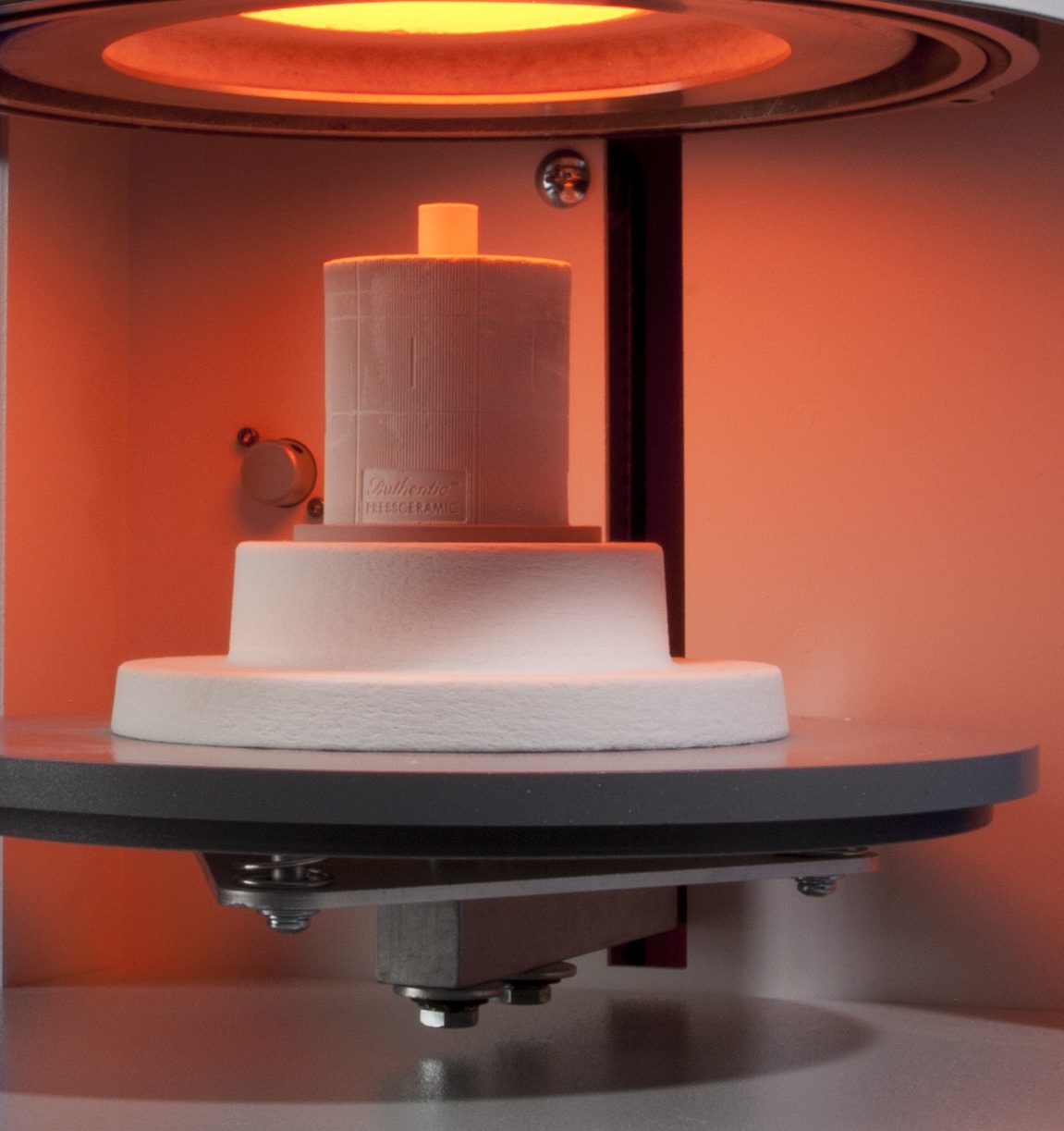Did you know that there were over 50 zirconia disc providers at this year’s LMT Lab Day? That gives dental labs a host of options and price points to choose from considering that all zirconia discs are the same, or are they?
In theory, yes they are very similar. Every zirconia disc is created using the same process. However, in practice, not all discs are the same. There is a lot that goes into making zirconia discs that can have an affect on the final product and restoration.
How are zirconia discs made?
- All zirconia discs are created from a formulated powder. The quality of the powder is extremely important and therefore should be acquired from a reliable source.
- A near net shape disc is formed in an axial press.
- Discs are isostatically pressed, giving the disc a uniform density.
- Discs are pre-sintered, increasing the temperature to 1,000°C over 50 hours.
- Net shape discs are machined to the final dimensions.
- Shrinkage factor is determined.
If all discs are made using the same process than what make them different? Here is a list of 6 things that can affect the quality of zirconia discs:
- Purity/contamination – If a disc is made in an unclean environment you won’t be able to see it until the restoration is made.
- Flexural Strength – If the density of the zirconia disc isn’t uniform, it’s going to affect the final physical properties
- Density/shrinkage uniformity – If the disc doesn’t have a uniform density then when it is fired the restorations may warp.
- Thickness uniformity – Though this is not very common, if for some reason the disc does not have a uniform thickness then you risk breaking your cutting tools during the milling process.
- Milling properties – If zirconia discs are underfired they may be too soft. If the discs are overfired they may be too brittle. This can affect cutting speed and may cause chipping.
- Color and translucency – If the discs are not pre-sintered correctly & consistently then some of the coloring you do in the green state may be lost. A disc that is too dense won’t keep the color and may not offer enough chroma (saturation).
So the next time you buy your zirconia discs, don’t be afraid to ask your zirconia provider where they got their powder from and their process for making their discs. After all, your final restorations are only as good as the discs you use.









.jpg)


Leave a comment